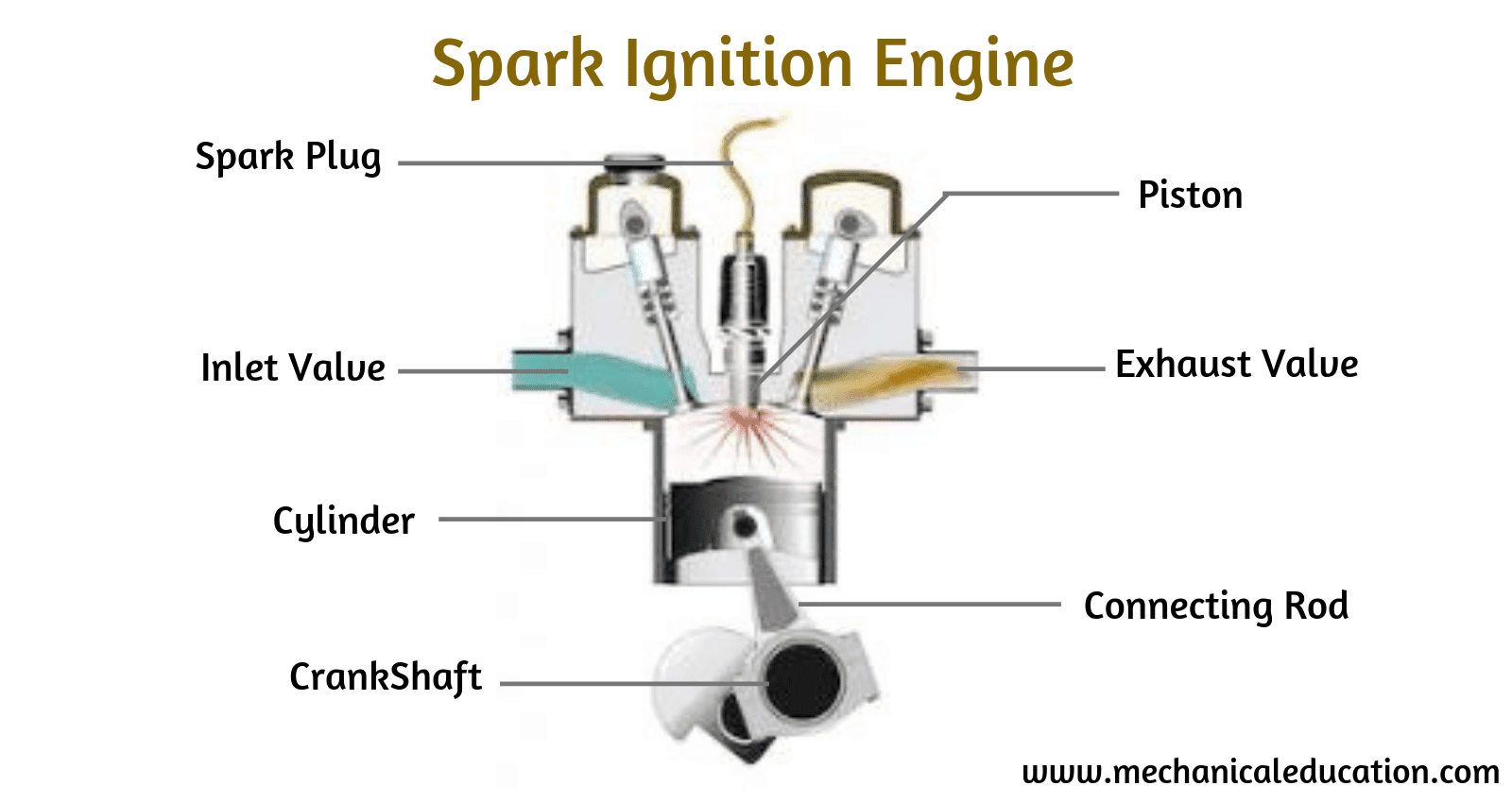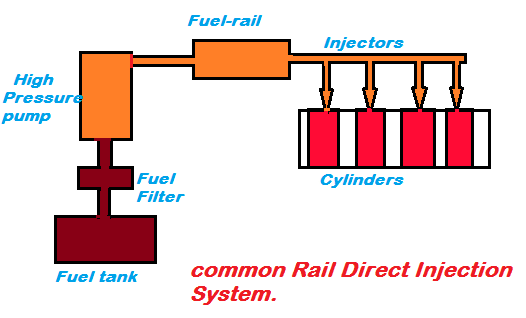Introduction: For cooling system maintenance, it is important to understand the function of an air conditioner (A/C) valve. An A/C valve is responsible for controlling the flow of refrigerant in the A/C system. It can be either manually or automatically operated, depending on the type of car you have. Whether you are a mechanic or a regular car user, knowing how to maintain and troubleshoot your A/C valve can save you from future headaches. Let’s dive into what you need to know about this crucial part of your car’s cooling system.
What is an A/C Valve?
The A/C valve is a small device that controls the flow of refrigerant in your vehicle’s air conditioning system. The refrigerant passes through the valve and helps cool down your car when needed and prevents it from overheating. The valve regulates this temperature by opening and closing to allow more or less refrigerant to pass through. Depending on your vehicle type, the A/C valve can be manually operated or electronically regulated via sensors in newer cars. You can find the exact location of your car’s A/C valve in its owner’s manual if you need help locating it.
Maintenance Tips
Regular maintenance on your vehicle’s air conditioning system will extend its life and keep it running at peak performance levels for longer periods of time . Checking up on your A/C valves every 12 months is recommended because if they become clogged with debris, dirt, or dust, they won’t work as efficiently as they should, resulting in poor performance from your car’s cooling system. If these valves become too clogged up over time with dirt and debris, they may need to be replaced entirely by a professional mechanic who specializes in automotive air conditioning systems.
Troubleshooting Tips
If something goes wrong with your air conditioning system, there are a few easy tricks that can help narrow down where exactly the problem lies without having to call a professional mechanic right away. If you start hearing loud noises coming from underneath the hood while using your AC unit, there’s a chance that something has gone wrong with one of the valves that control refrigerant flow . To troubleshoot these issues further , you can use a multimeter tester along with an infrared thermometer near each individual hose connected to any particular component in order to test for leaks or blockages within them all individually . This way , if anything needs repaired or replaced , you’ll know exactly where it needs done right away without needing a professional opinion first .
Conclusion:
Maintaining and troubleshooting an AC Valve is key for optimal functioning of any vehicle’s cooling system! From understanding what an AC Valve does to checking up on them every 12 months and being able to quickly identify problems within them when they occur – now users have all they need to keep their cars running smoothly! With these tips users will be able to easily maintain their vehicles’ air conditioning systems so that their rides remain comfortable year-round! So don’t forget about this essential part of any vehicle — remember that knowledge about an AC Valve is power!




